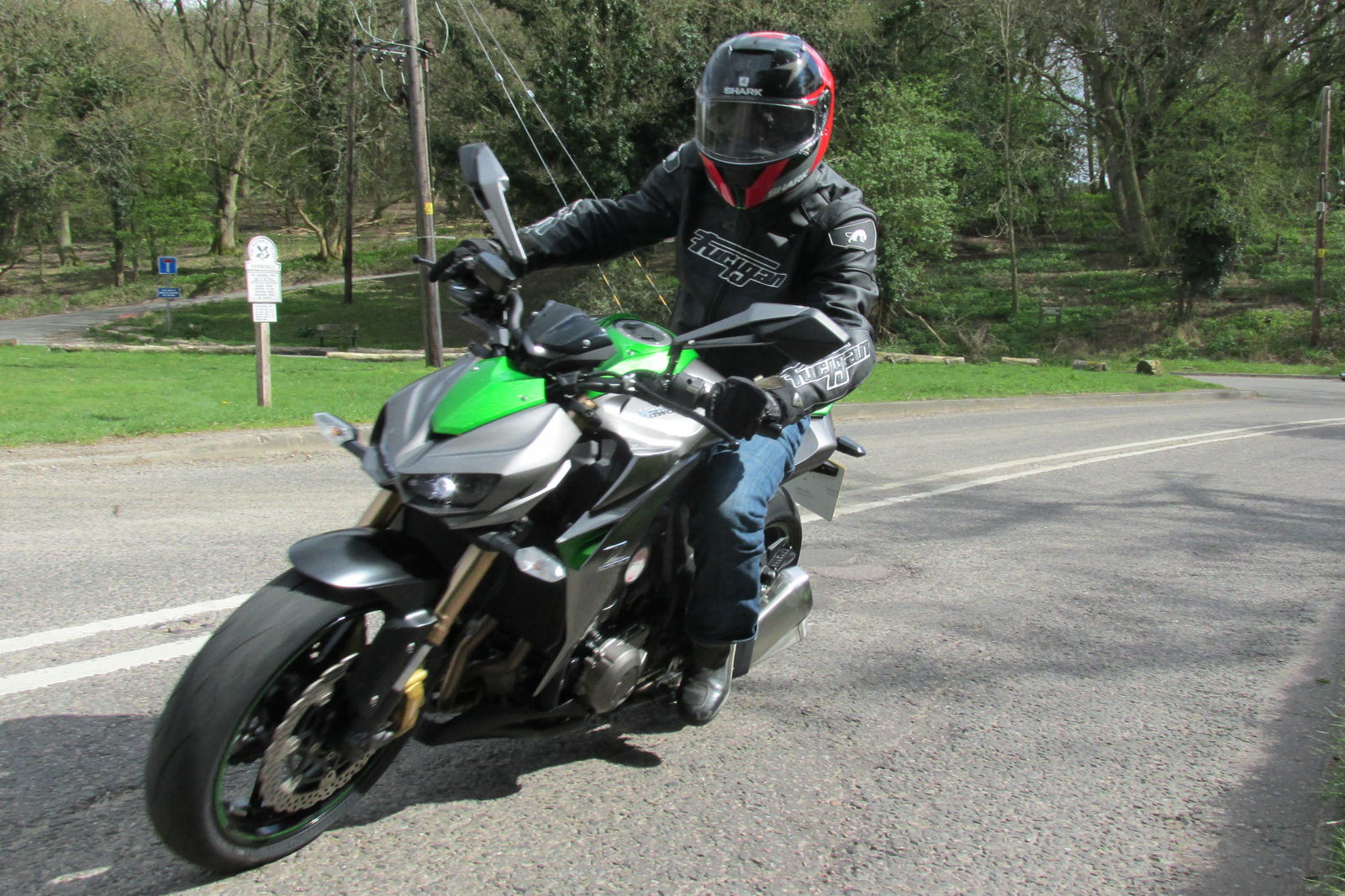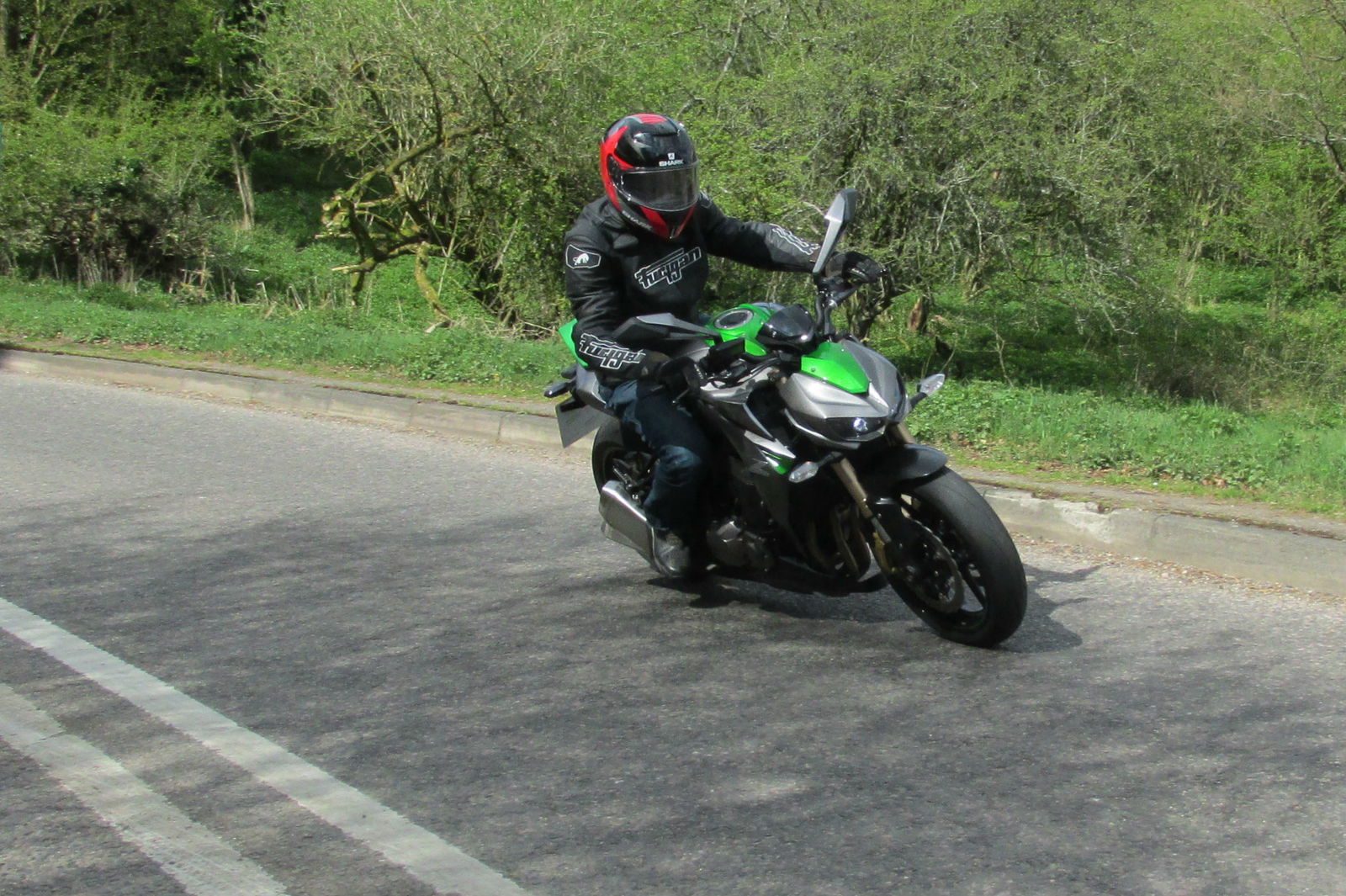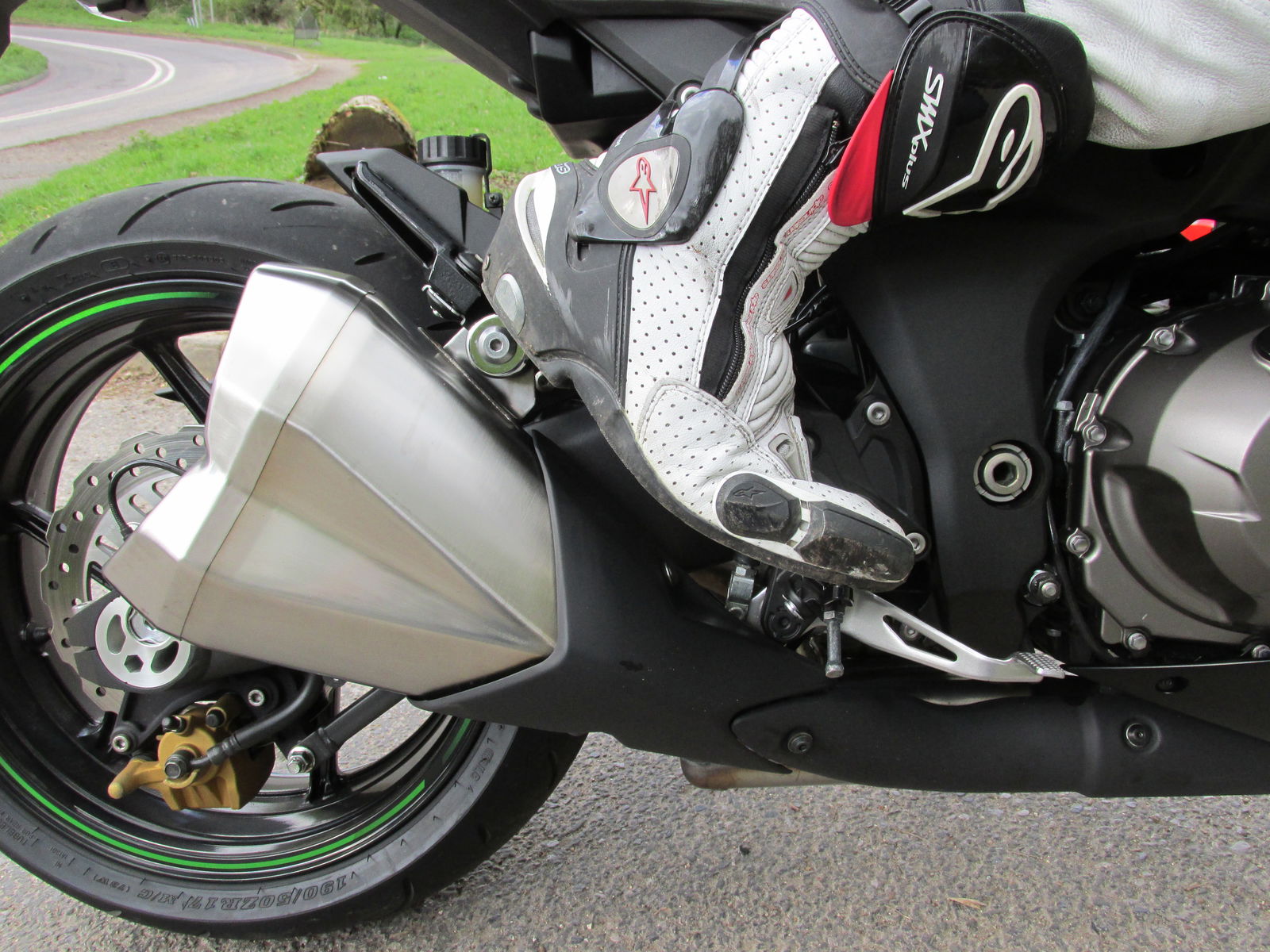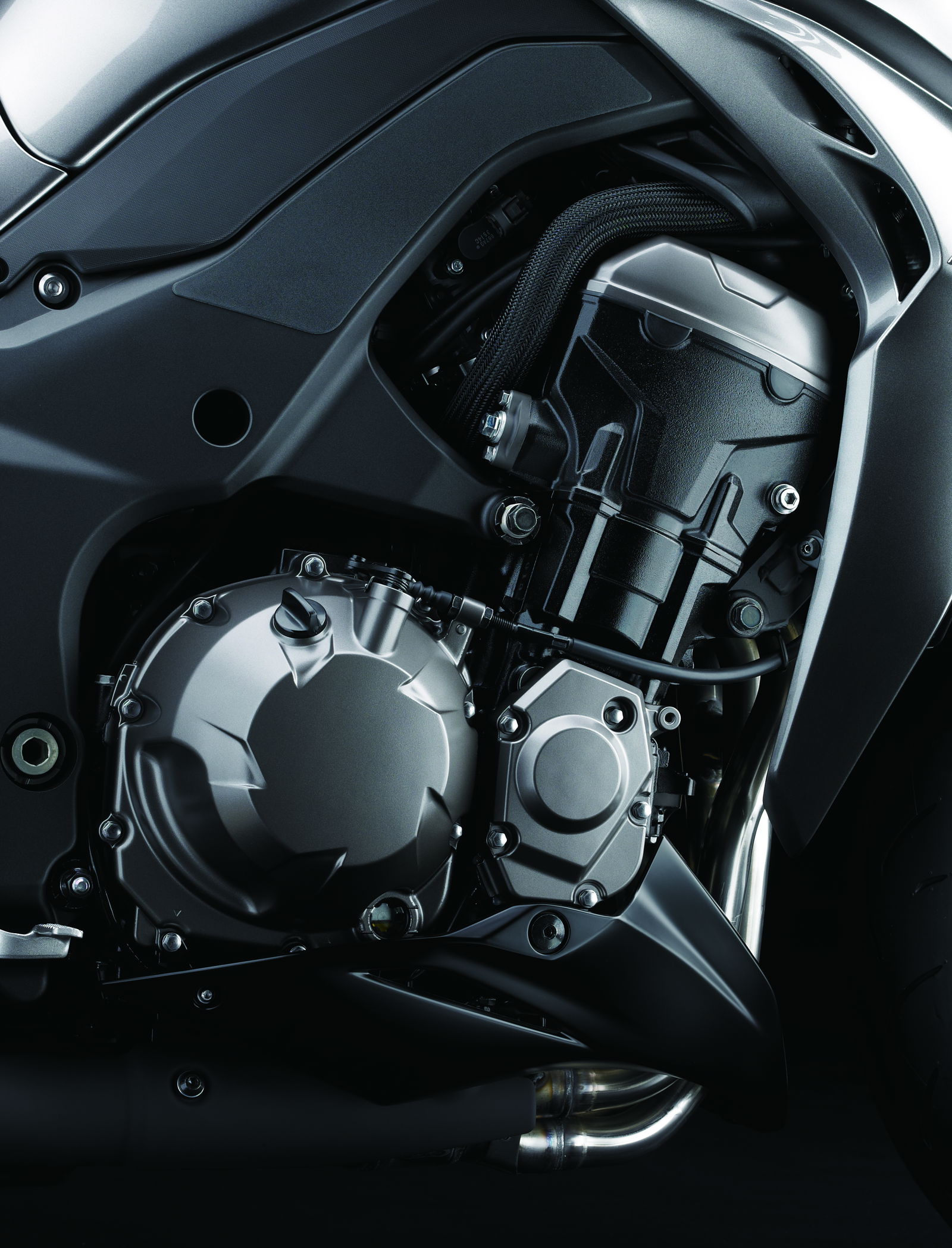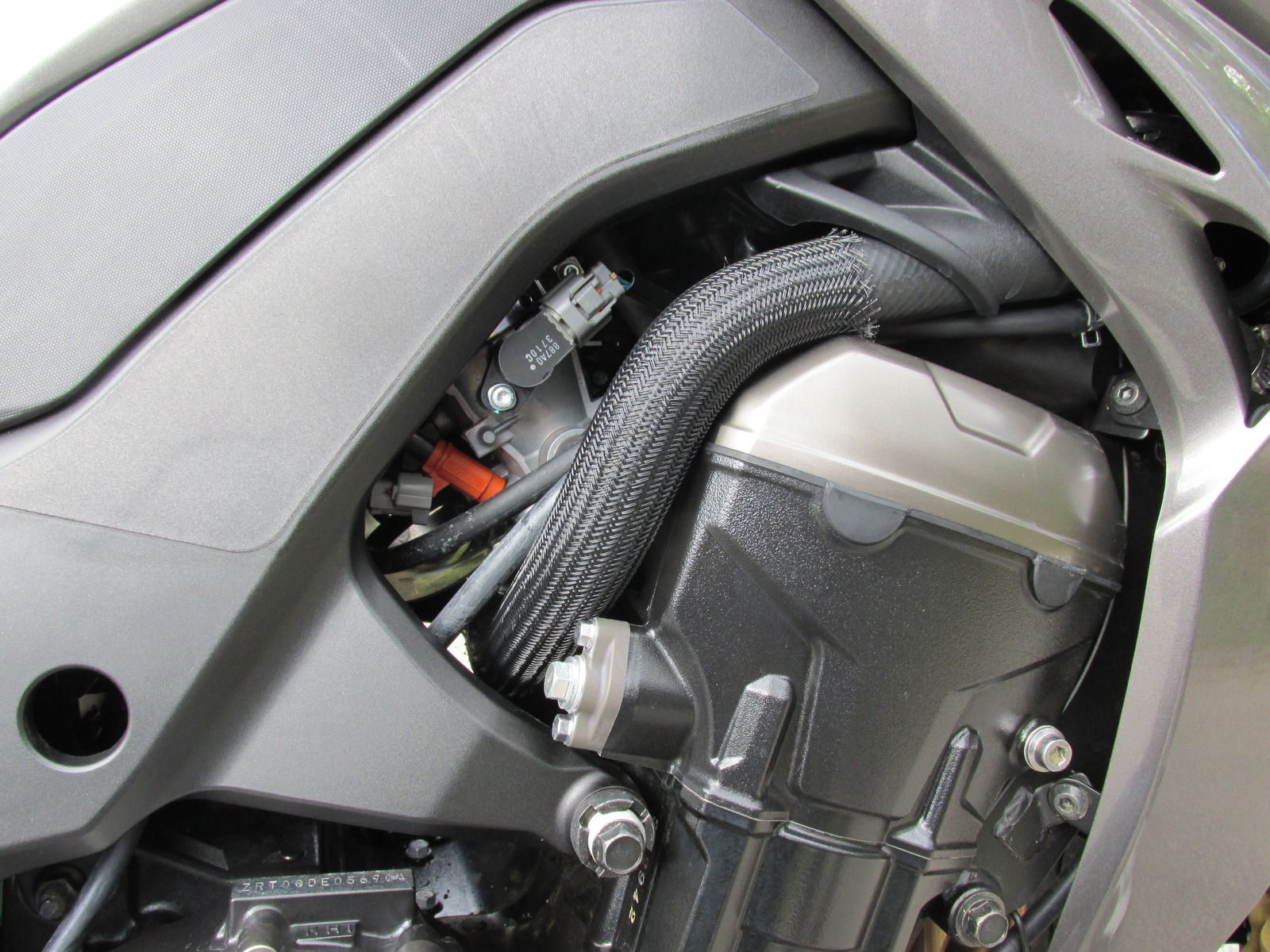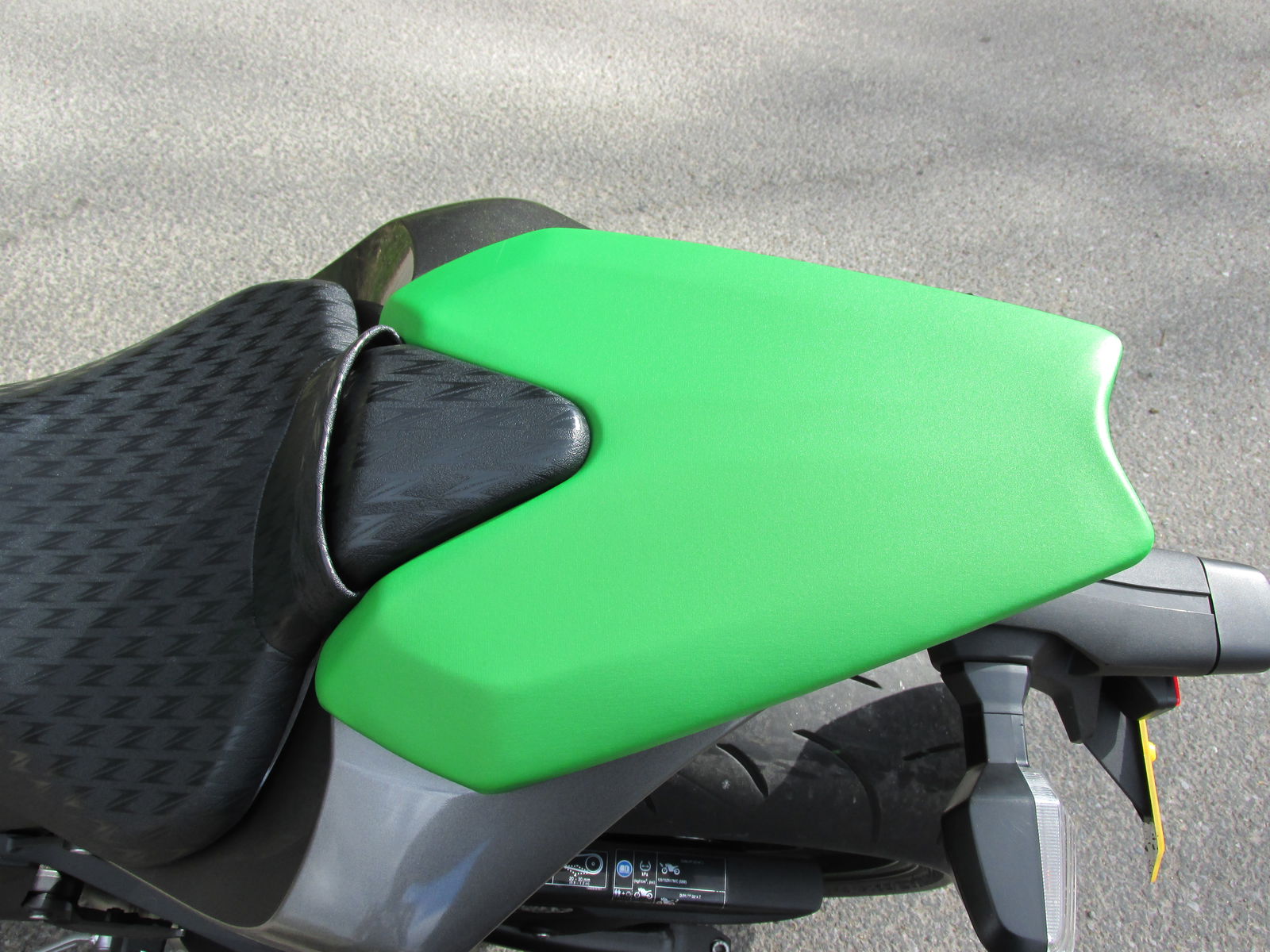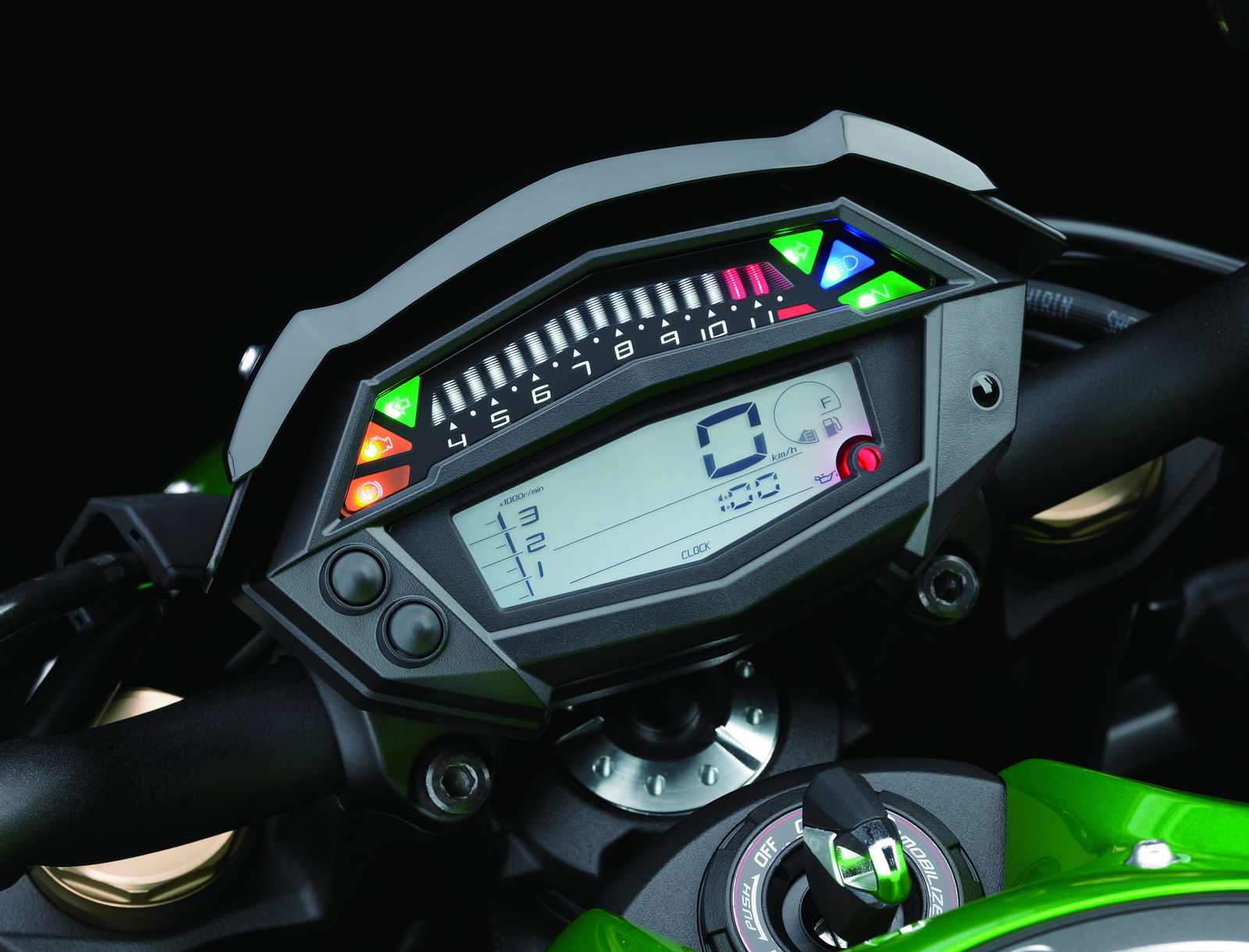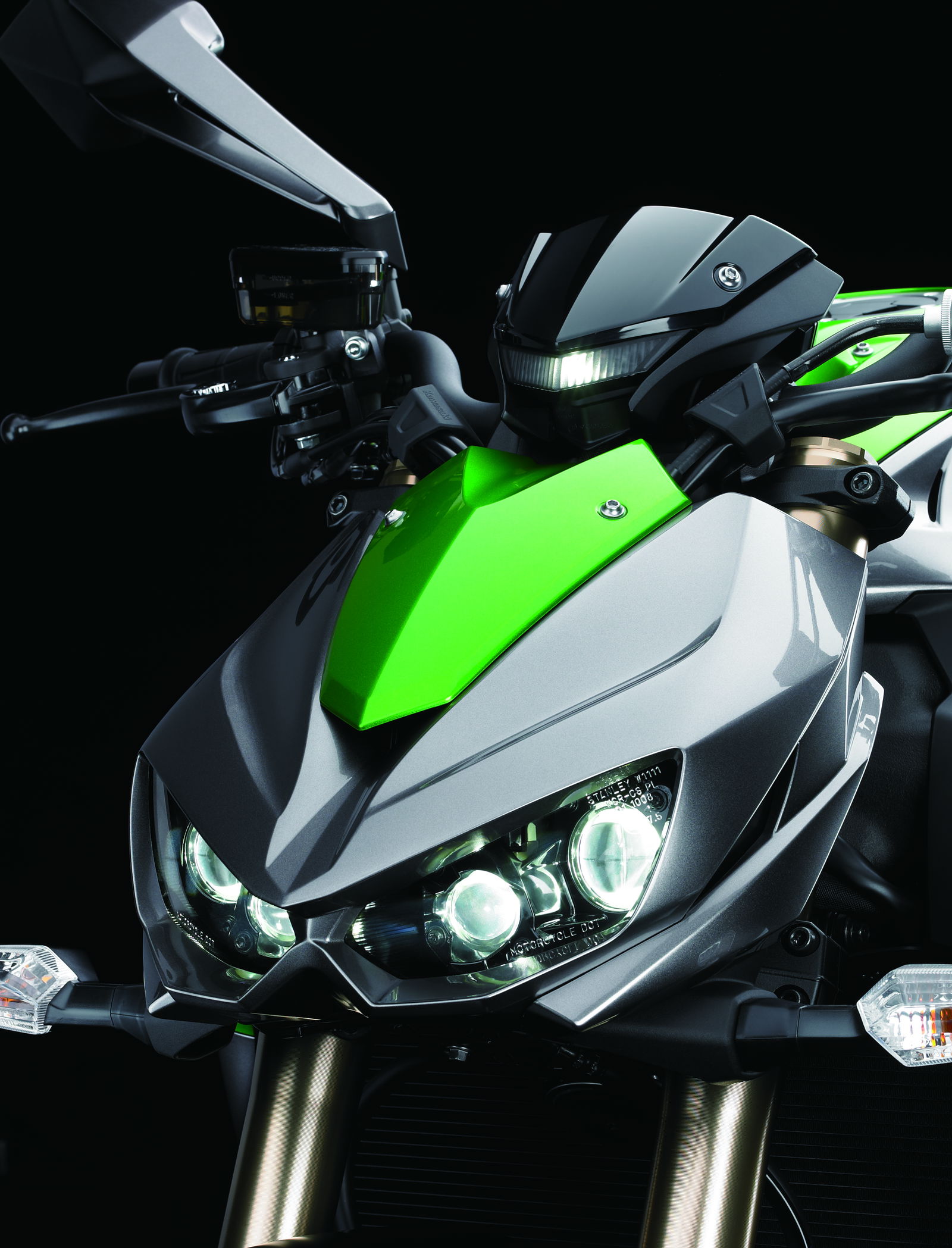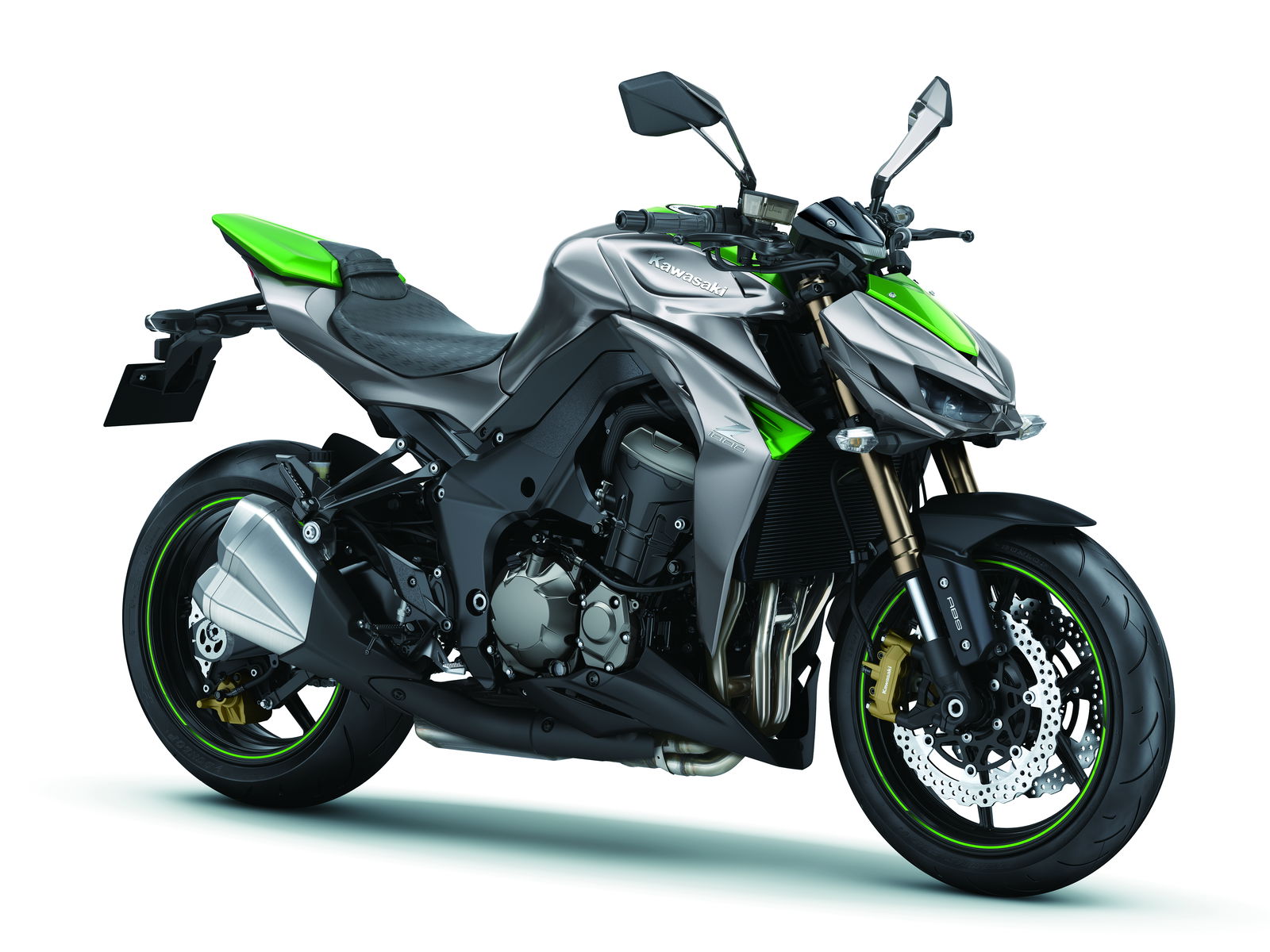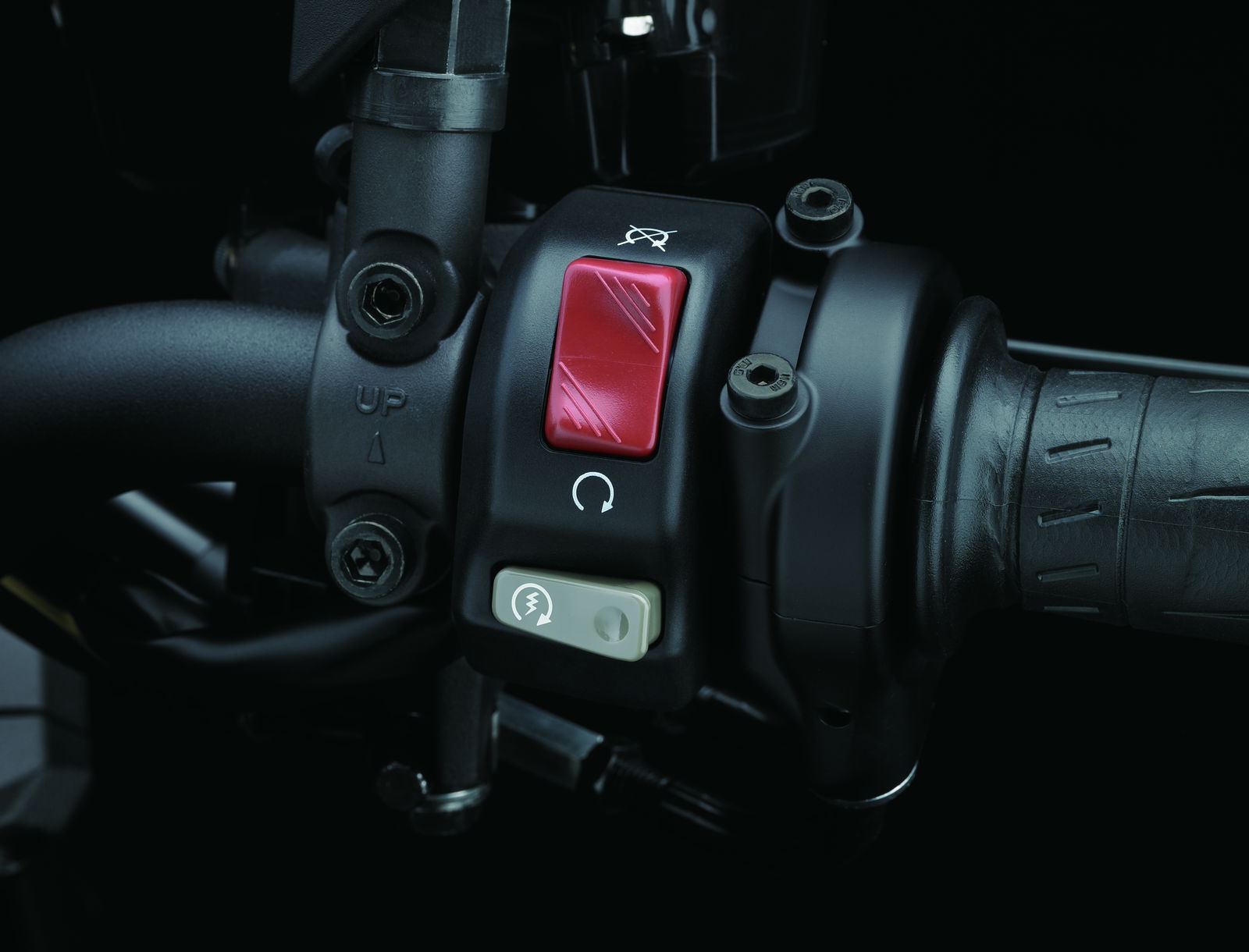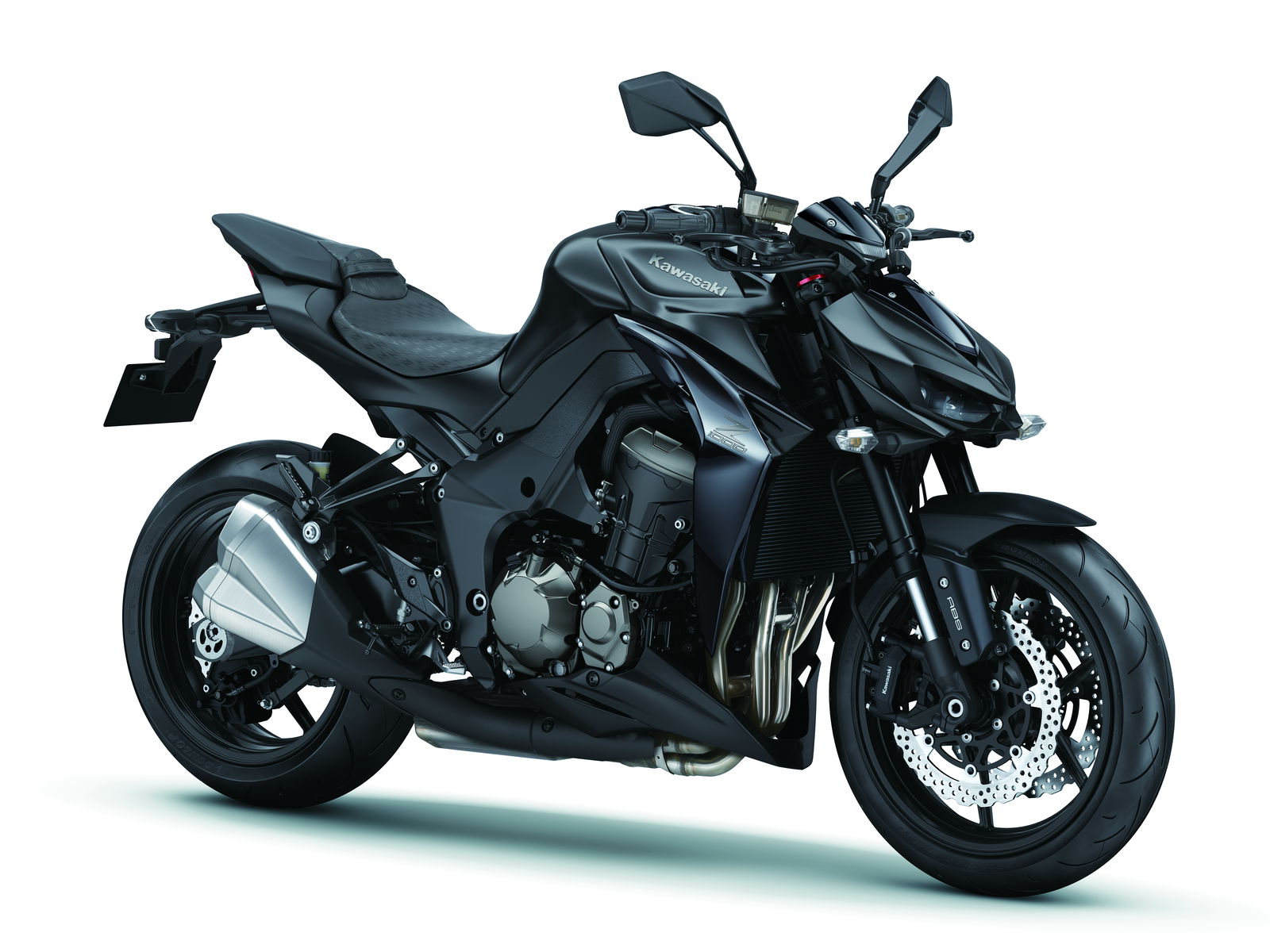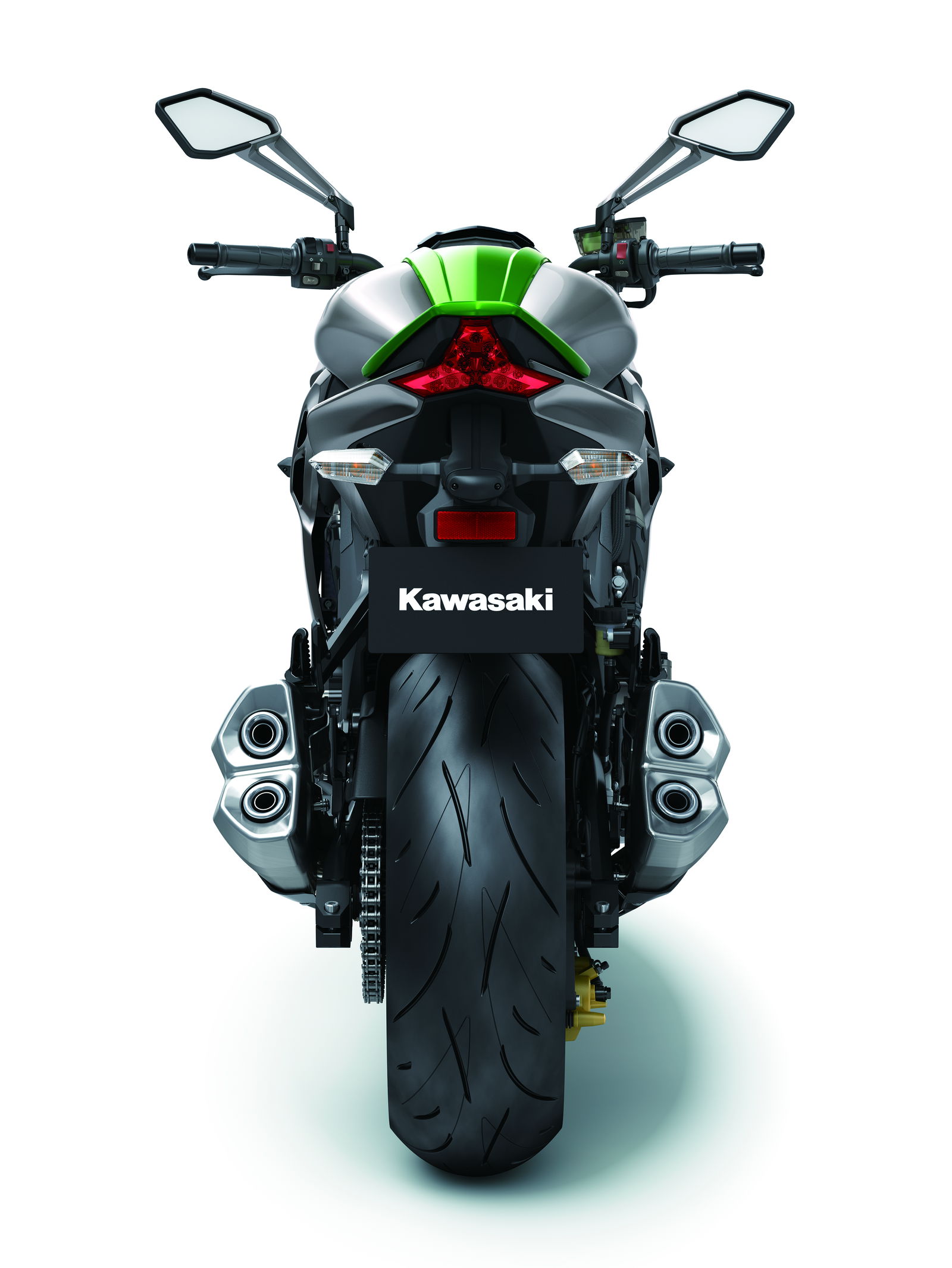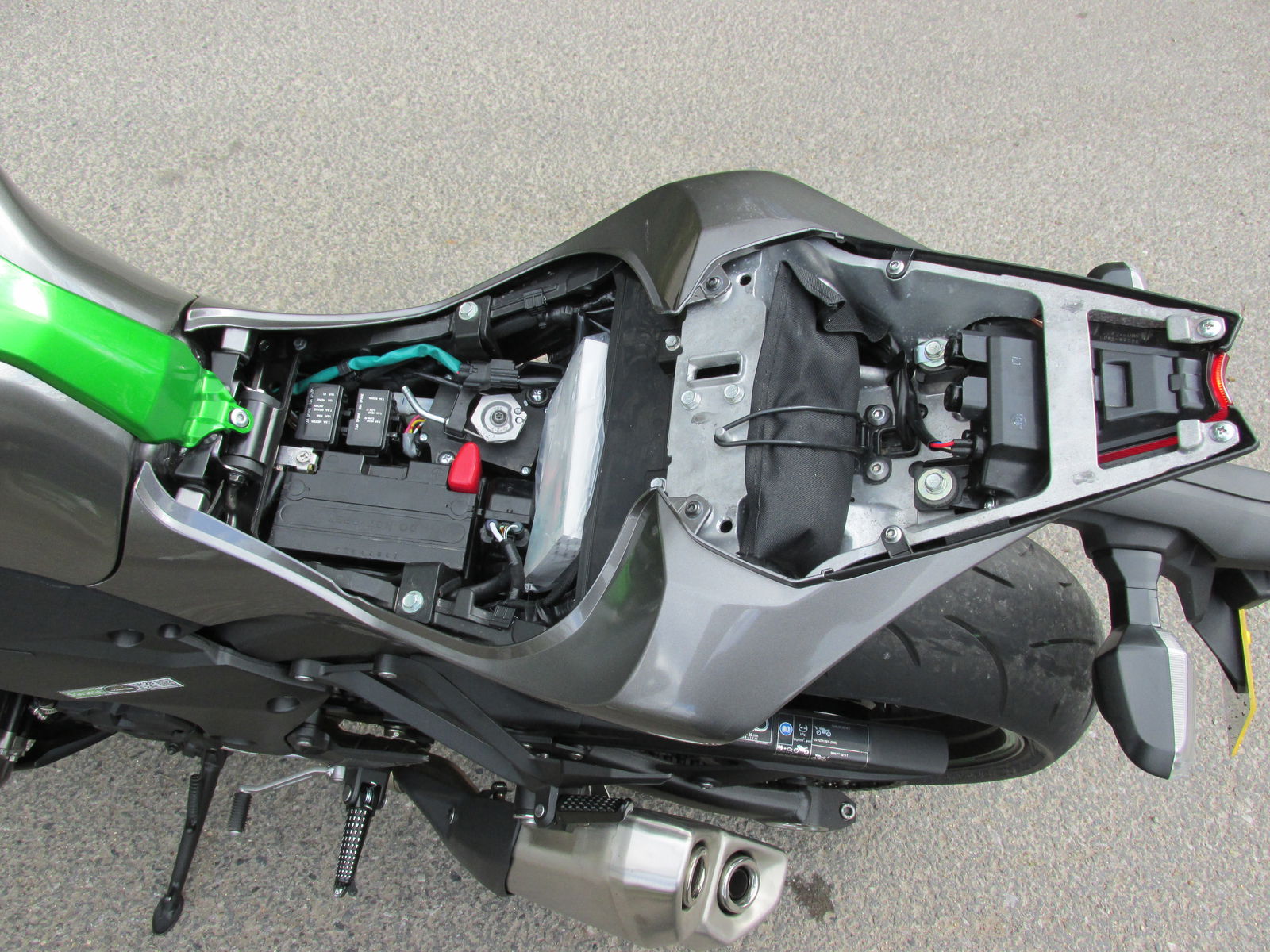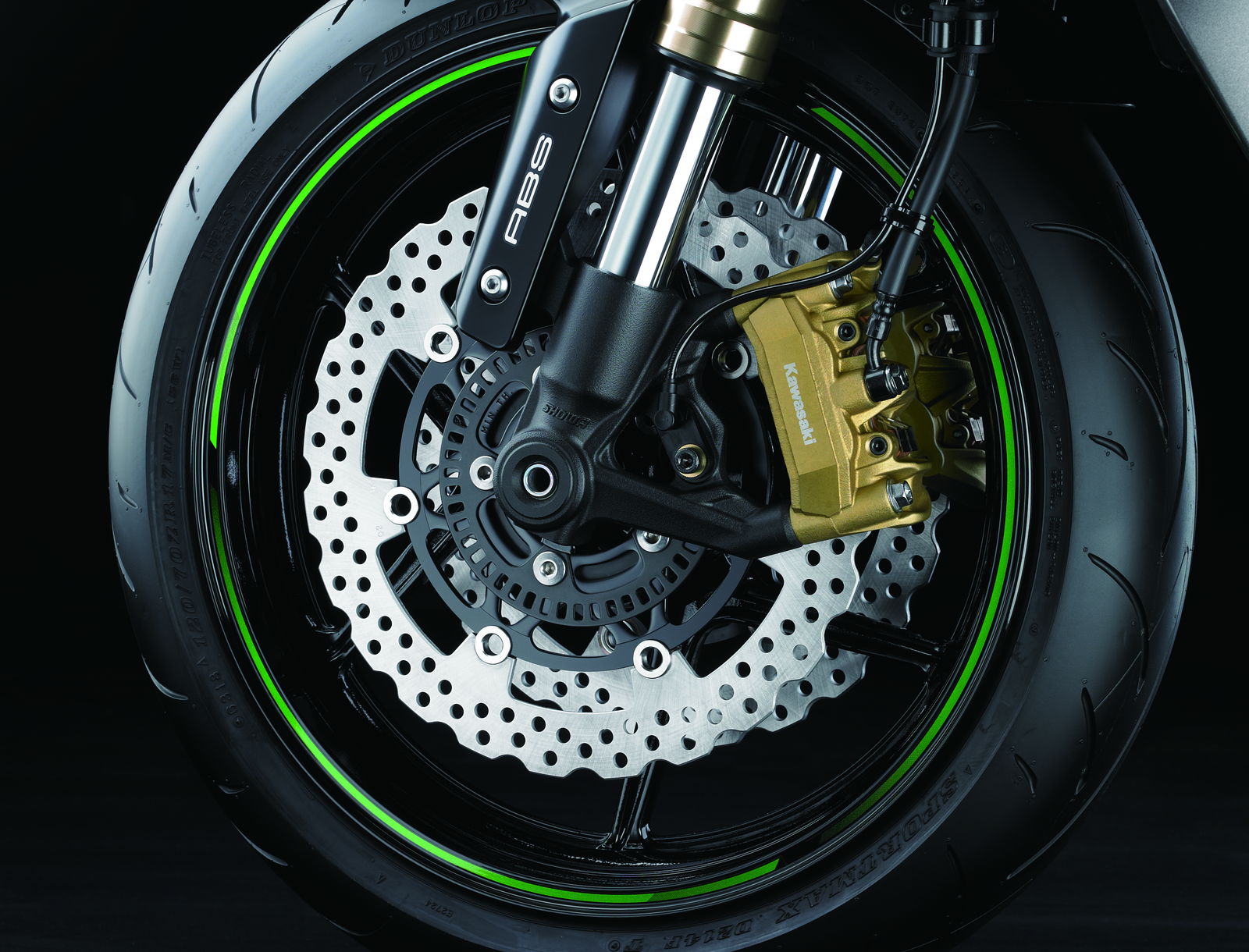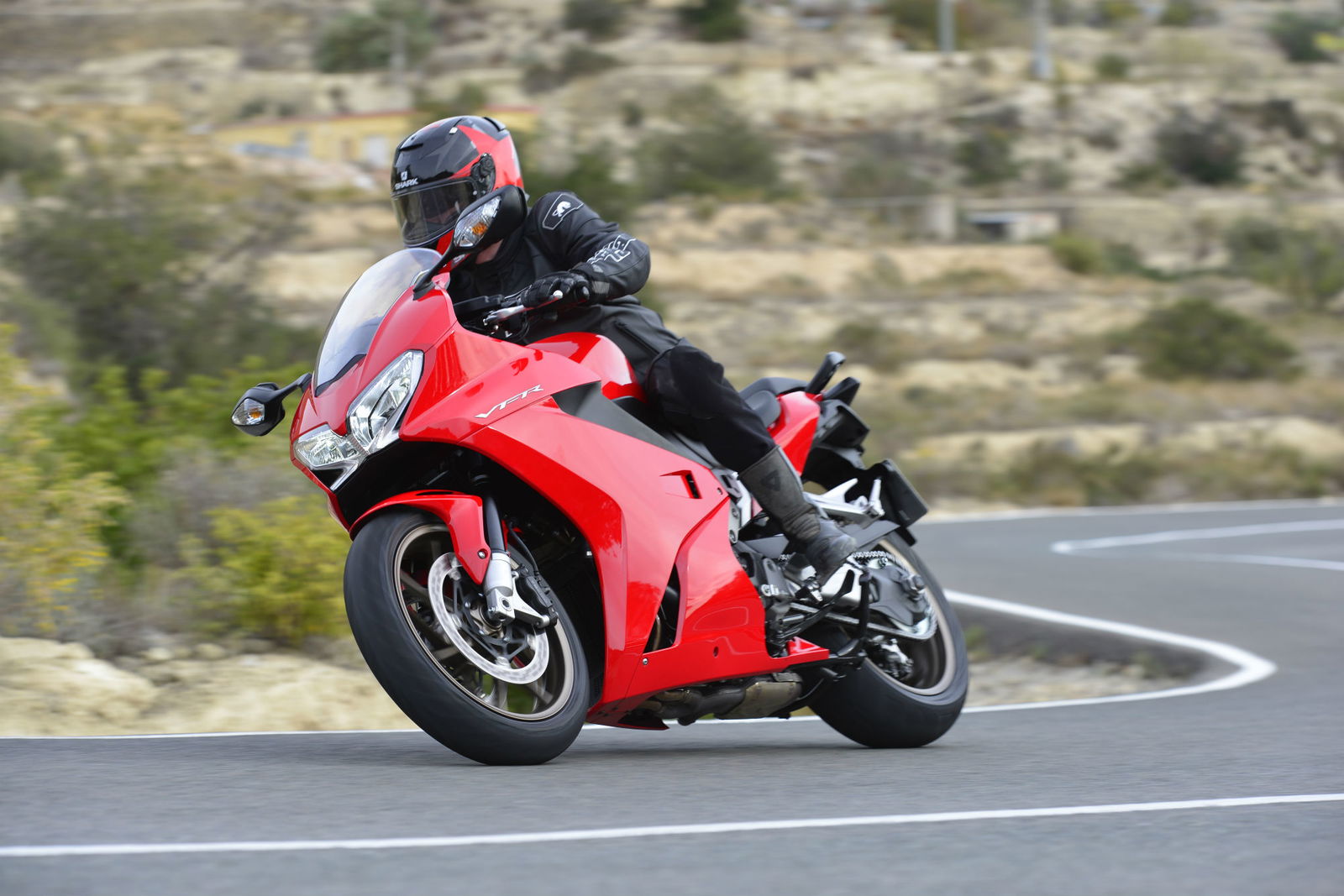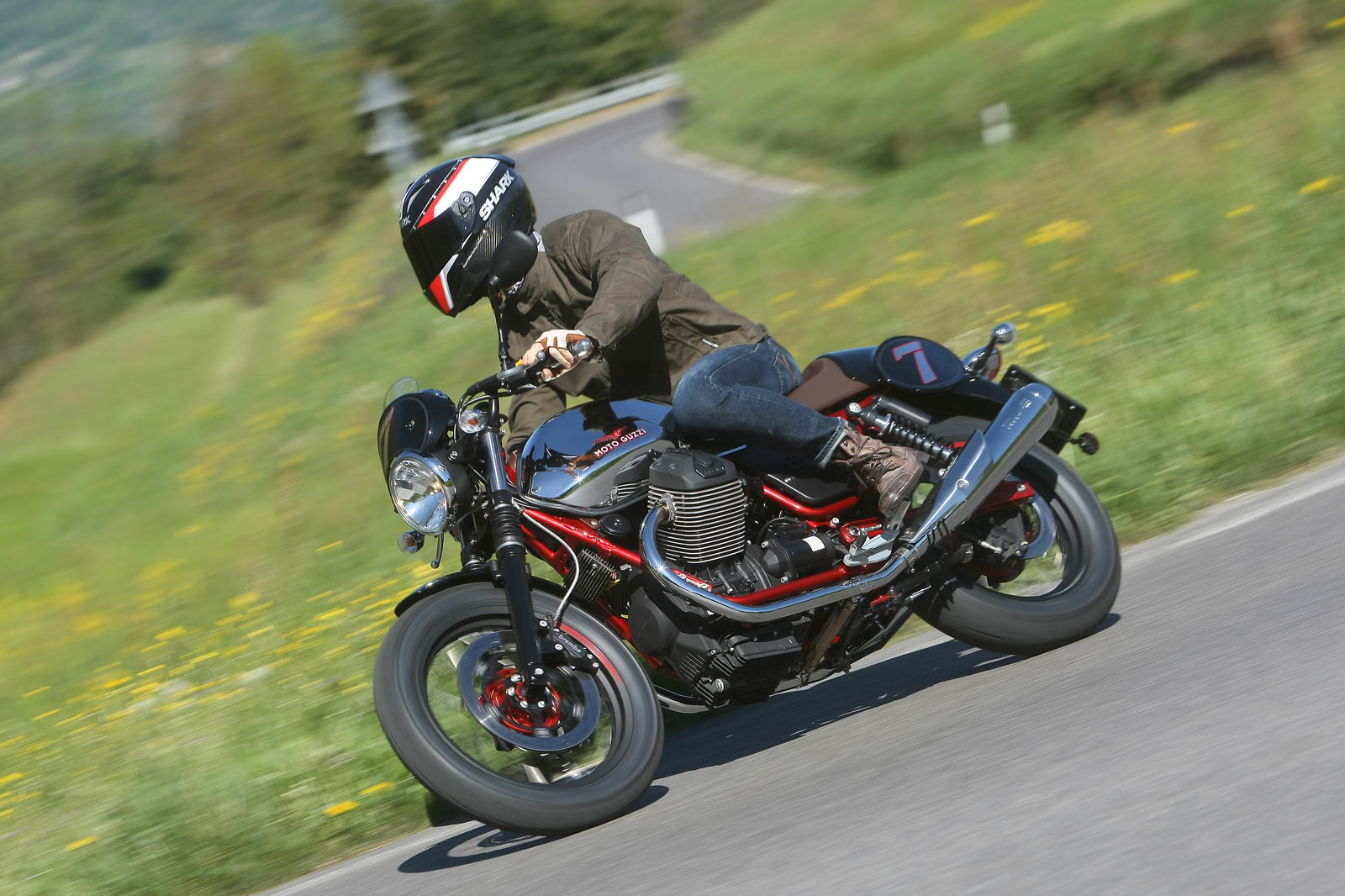UK ride: 2014 Kawasaki Z1000 review
A true beast of a naked bike, but is it worth £300 more than BMW's S1000R?

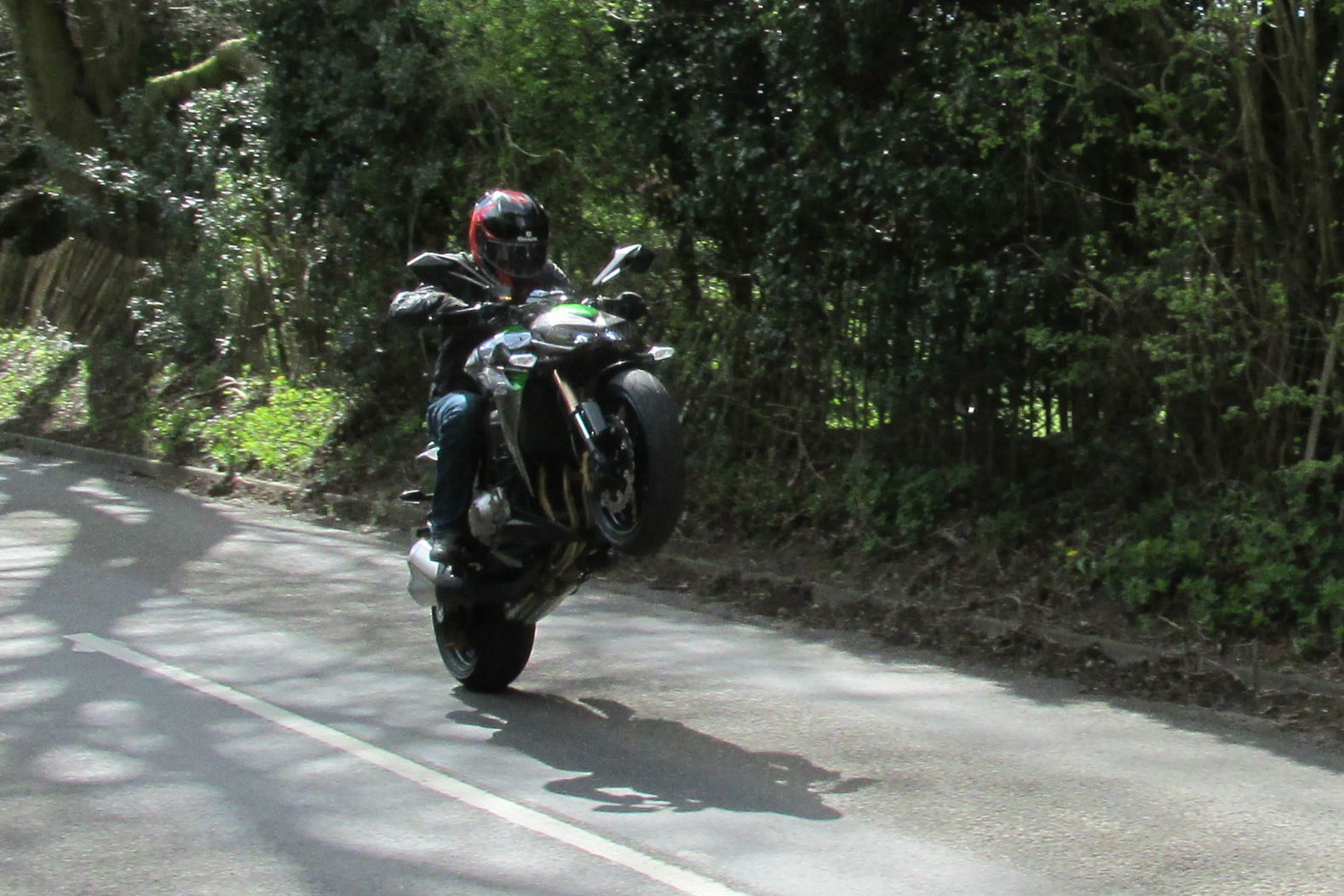
THERE are two questions commonly asked of any traction control system on a super naked: Will it let me wheelie and, if not, how do I switch it off?
At least those seem to be the first questions from journalists. Manufacturers must wonder why they bothered.
And perhaps they shouldn’t. The Z1000 manages to be one of the most fun machines I’ve ridden this year, possibly the most fun one, and precisely because Kawasaki hasn’t given it traction control.
No fancy electronics – you don’t even get ABS as standard – just wheelies. Unbridled, unmitigated wheelies, in as much abundance as you want, with no computery to save you from your own idiocy.
Isn’t that what super nakeds are for? Let’s be honest, they’re pretty pointless otherwise. Not as fast a sports bike, not very good for touring, less than ideal for commuting, superlative at third-gear mingers. Making one with wheelie-limiting traction control is a bit like giving a teenage boy a laptop with parental controls switched on. What do you think he wanted it for? Homework? I’m afraid not.
The Z1000 feels like the beast KTM promised in the 1290 Super Duke R, instead of the neutered house-trained animal the Austrian firm delivered, with computer-says-no traction control that’s a pain to switch off.
Not on the Z1000. Open the throttle in first and Kawasaki says yes, the front wheel may alight from the Tarmac. The only discernible problem is that the answer to the question ‘May I loop it?’ is also a resounding ‘Yes you may.’
I rode the BMW S1000R at the launch last year. It’s a loony-tunes festival of torque and technology – but I don’t remember even that being quite as wheelie happy as the Z1000.
In second gear also, simply winding on the throttle is enough to find yourself peering over the Kawasaki’s front wheel – and on your back if you go too far.
I dare say the Zed Thou will make easy work of third-gear wheelies, too.
Speaking as someone who has only ever approached wheelies with quivering trepidation, if at all, I absolutely loved it. This bike, I thought, would banish completely my fear of wheelies within a week of ownership. It makes them so easy, and easy to control because they are fed by pure torque.
Either that or I’d write it off. The not knowing which would add suspense to the ownership experience.
When Kawasaki announced the Z1000 was getting updates for 2014, the question the press pondered was: has it been given the 200hp engine from the ZX-10R?
We were a teensy bit underwhelmed when we learned it had a tweaked version of the old Z1000 engine, shared with the Z1000SX tourer and making 142hp and 81.8lbft.
It shows how stupid we can be, placing too much importance in numbers, like kids with a pack of Top Trumps. Many thoughts flitted through my mind as I nailed the Z1000 through the gears. Actually, that’s not true; one thought flitted through my mind. Or, more precisely, one emotion did. If it were a word, it would be ‘whaa!’
In other words, not once did I think that what the Z1000 needed was more power. Any cerebral process would be better summed up as: ‘See a car in the distance, overtake the car. See five cars in the distance, overtake the five cars.’
The rev counter has two sections. Up to 4,000rpm is shown on a vertical digital dial. Above 4,000rpm is shown in white LEDs on a horizontal dial. In practice, the digital area is all you need to use in town.
When you see those white lights begin to spread across the top of the instrument panel, it means open road, and hammer time.
At least the lights would mean that, if you could look at them. As the power surges, and surges, you wonder ‘How much more of this can there be?’ But the urge to look at rev counter, to see how far you are from the 10,500rpm redline, is countered by the knowledge that doing so means lowering your gaze from the road a little more than feels natural at this rate of acceleration. Better to just listen to that great induction howl from the 1043cc inline-four, and change up when it feels right.
Admittedly the positioning of the clocks, a little too low and close to you, is a product of the Z1000’s character. It’s more pure naked bike than the S1000R. Where that feels more like a sports bike with straight bars and no fairing (sort of what it is), the Z1000’s riding position is more upright, thrust forward, nothing in your line of vision but road. It feels more extreme than the S1000R.
The suspension also feels a tad extreme. It’s hard – possibly too hard for long journeys on the road. The Showa separate-function big piston forks are new, with preload adjustability on the left tube and damping on the right. Along with the shock, which is adjustable for rebound and preload, they’re great at keeping the bike in shape when you’re going fast but make you pay with a steady pounding. After a couple of hours, I was shifting about to relieve the stress. The seat is firm and seems to slope forward slightly.
But the Z1000 should also be forgiven this. It’s an extreme super naked. That’s the brief you set Kawasaki by buying one. You can’t blame them for meeting it.
Harder to forgive is the snatchy throttle response. The power can come in with a jerk, which can be unsettling in a bend or on a roundabout. It’s worse if you shut off altogether. If you roll off just enough, tickling the throttle, the power comes back in more smoothly when you wind on again. It would probably become less annoying as you get accustomed to it
You might have more trouble learning to live with the pegs, especially if you’ve got big feet. Like Ducati’s new Monster 1200S, they don’t leave enough space to ride on your toes. On both sides of the Z1000, your heels rest on a heat shield of the stacked twin silencers.
The monobloc brake calipers, also new for 2014, have bags of power, with only a light touch needed to deliver instant bite. They may not be quite as ferocious as the S1000R’s, but that comes with the reassurance of ABS as standard whereas the Kawasaki does not. Not necessarily a problem in the dry, sunny conditions I rode the bike in, but on wet city streets I would probably want the £600 ABS option.
Which brings us to the Kawasaki’s biggest problem: price. It starts at £9,499 for the base model in matt black. A ‘special edition’ with a green and grey paint job starts at £9,699. The ABS version, which for some reason is only available with the more expensive colour scheme, costs £10,999.
That’s £109 more than the base edition of the S1000R, which comes with two-mode traction control and ABS, both disengageable. And BMW’s list prices include on-the-road charges while Kawasaki’s do not, so the ABS Z1000 is actually around £300 more.
I’m not saying I want traction control on the Z1000. I’m saying I want to save money by not having it.
Kawasaki enjoys a loyal customer base, especially where machines like this are concerned, and I've no doubt some riders will pay the extra for it. It’s an amazing motorcycle.
But so is the S1000R and, for those of us with no particular brand loyalty, there’s no doubt: the Z1000 must come down in price.
Model tested: Kawasaki Z1000
Price: from £9,499 plus OTR (£10,099 with ABS)
Power: 142hp
Torque: 81.8lbft
Kerb weight: 220kg (221kg with ABS)
Fuel economy: 36.3mpg (measured on test)
Seat height: 815mm
Colours: matt black/metallic black, orange/metallic black, green/metallic grey (special edition)
Availability: now
Read our BMW S1000R first-ride review
